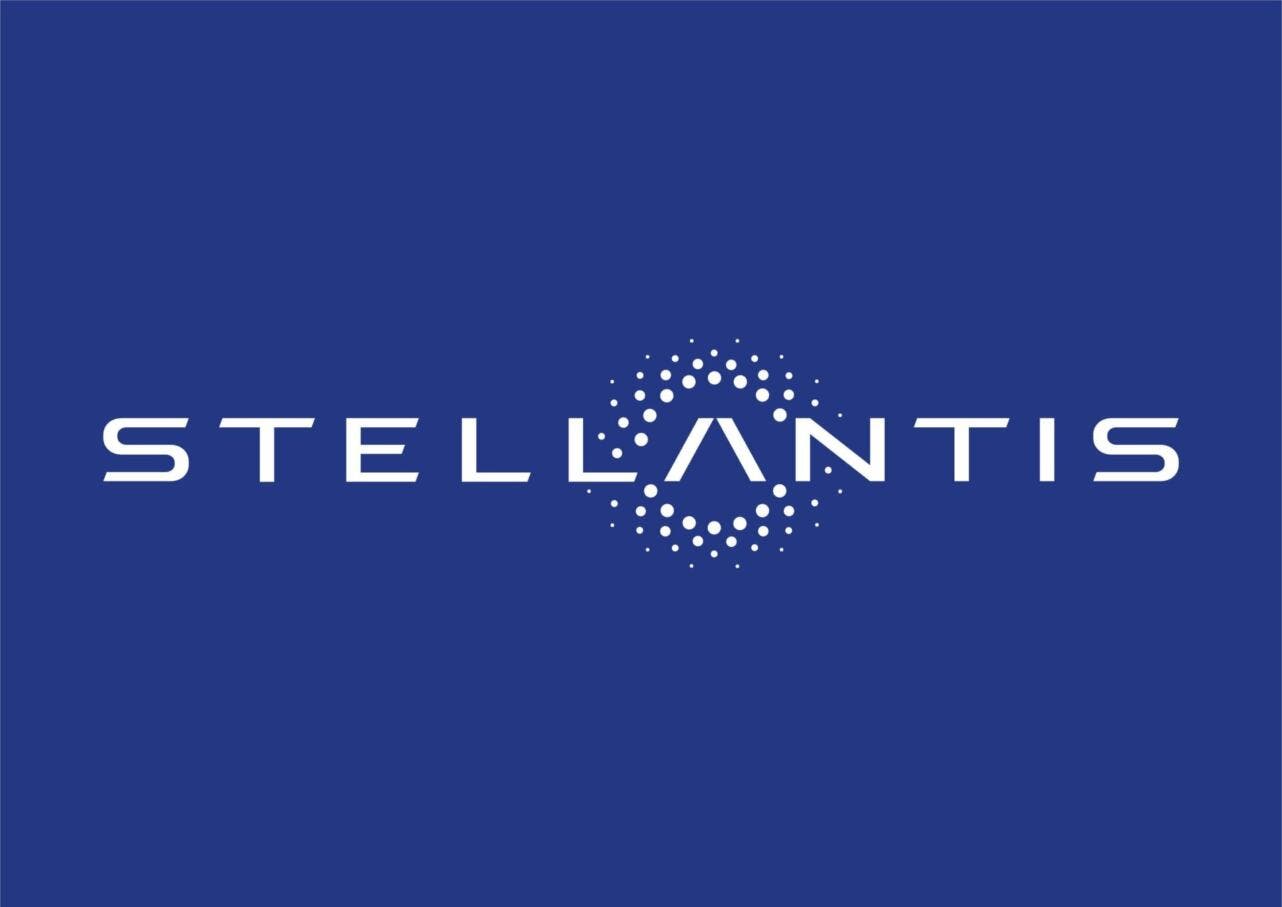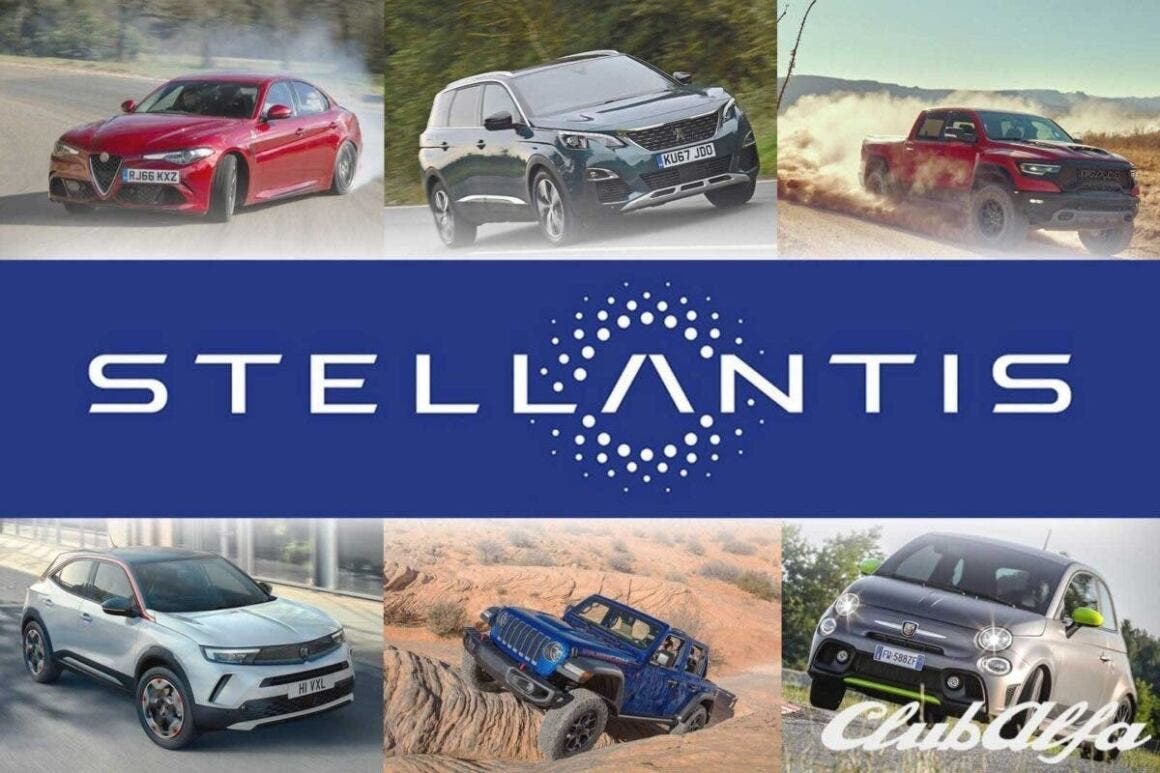Carlos Kitagawa, CFO of Stellantis in Latin America, has announced “significant investments” in Brazil in conjunction with the launch of production, starting in 2024, of Bio Hybrid-powered vehicles. “We are about to announce the largest investment in the automotive sector here in Brazil, which includes our decarbonization process,” Kitagawa stated during his participation at the AutoData Perspectives 2024 Congress in San Paolo.
In 2024, Stellantis will make substantial investments in Brazil
The Bio Hybrid platform will produce lightweight hybrid vehicles, self-charging hybrids, and plug-in hybrids, with the potential to be 100% electric. This new technology stems from the Bio-Electro program created by Stellantis to develop its electrification solutions for the Brazilian market, in collaboration with universities and startups.
Kitagawa did not specify an exact start date for the new initiative but suggested it would begin next year, as the new electrified Bio-Hybrid platforms are scheduled to enter production in 2024. “Our region is highly significant for Stellantis globally, and we are undoubtedly committed to continuing to make substantial investments here,” he noted.

The automotive group executive confirmed that lightweight hybrid vehicles, self-charging hybrids, and plug-in hybrids with the potential to be 100% electric will be manufactured on the Bio-Hybrid platform, which is developed and produced in Brazil. Stellantis is the primary beneficiary of federal incentives for automakers in the Northeast of the country, and with a plant in Goiana, it benefits from incentives whose extension until 2032 is under discussion in Congress as part of the tax reform project. The head of finance expressed support for the measure: “We have decided to invest in a region that did not have an industrial tradition. We have been there for eight years, and the automotive industry knows how long it takes to mature an investment in a hub. In Pernambuco, we have already attracted 38 suppliers, and despite that, we are still not at the level of automakers in the South and Southeast who have already structured their industrial parks.”
The group’s goal is to increase the number of suppliers in the region to fifty by next year and reach one hundred by the end of 2029. The relocation of the Jeep plant to the Northeast has incurred various costs, such as purchasing from distant suppliers and then sending finished vehicles from Pernambuco to the major markets in the Southeast, in addition to expenses for workforce training.
